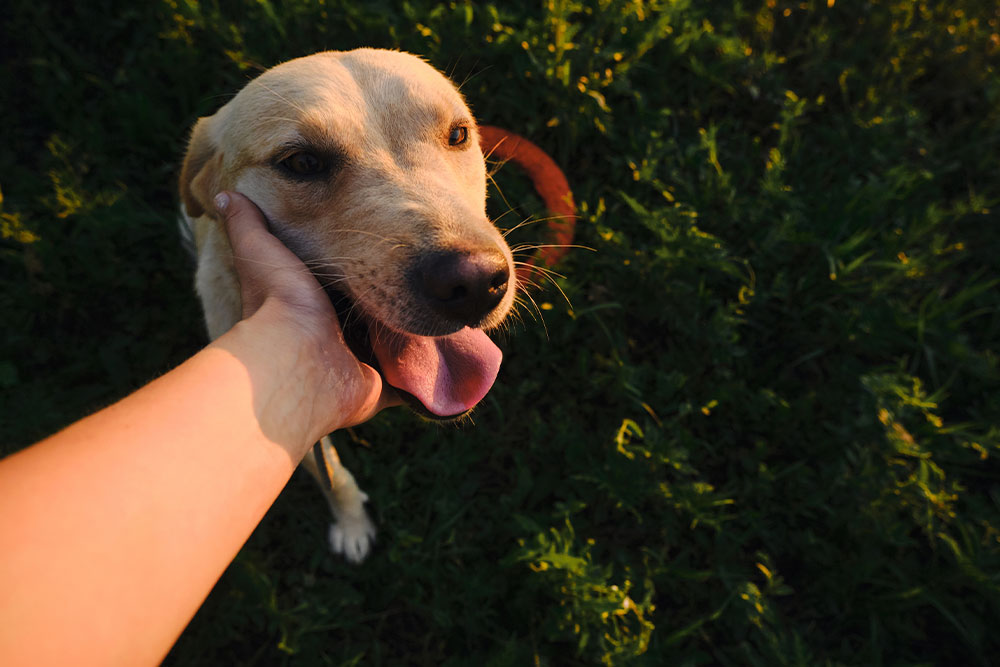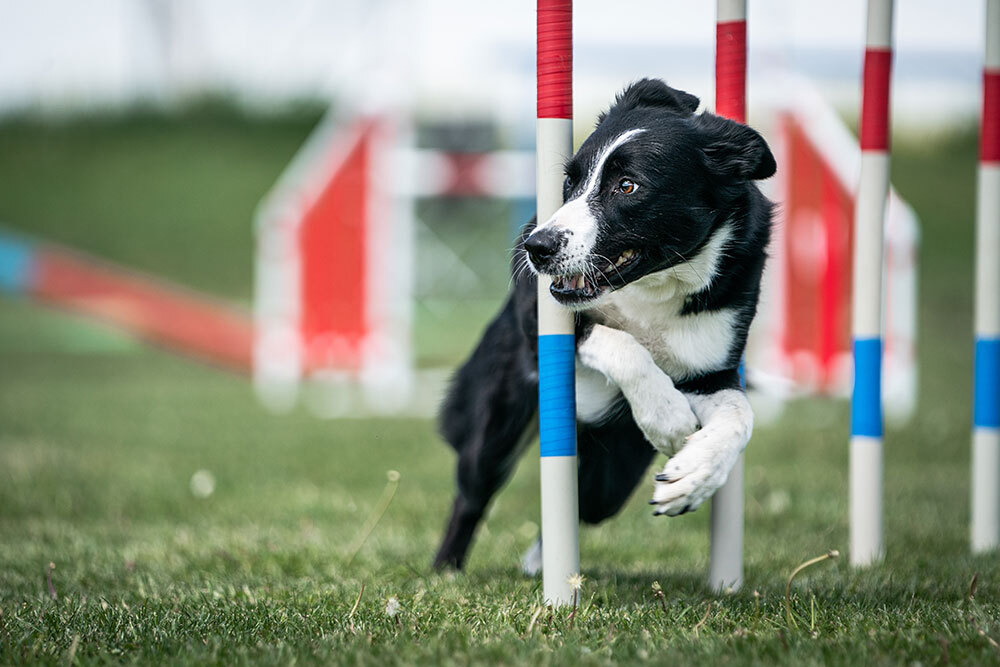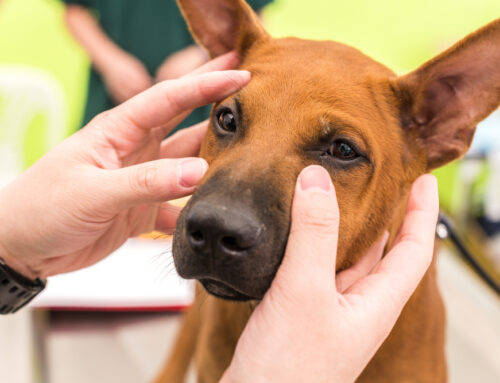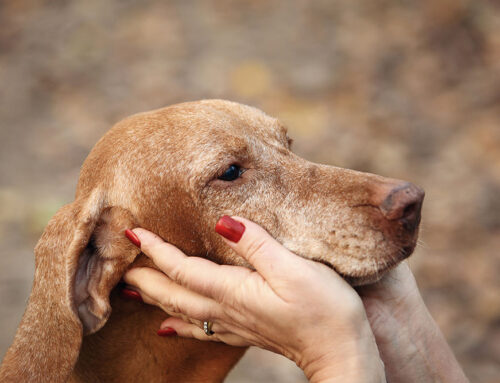Dog Park Safety Guide: Illnesses, Hazards, and How to Keep Your Dog Safe
Dog parks are wonderful places for dogs to burn off energy, socialize, and enjoy being dogs. But like any public space, they come with a few health and safety risks. At Central Kentucky Veterinary Center, we’re here to help you make the most of your outings by staying informed, prepared, and proactive.
This guide breaks down common dog park-related illnesses, injury risks, and overlooked hazards—plus practical tips to keep your visits fun, safe, and low-stress for both you and your pup.
Why Dog Parks Are Great—With the Right Preparation
Dog parks offer:
- Exercise: Off-leash running, sniffing, and chasing offer physical and mental enrichment.
- Socialization: Dogs that regularly interact with others tend to be more adaptable and confident.
- Bonding Time: Spending time outdoors together strengthens your relationship.
However, communal play areas also increase the risk of:
- Disease transmission
- Parasite exposure
- Overexertion or overheating
- Behavioral conflicts or injuries
That’s why preparation—and responsible park behavior—makes all the difference.
Contagious Diseases Dogs Can Catch at the Park
1. Kennel Cough (Canine Infectious Respiratory Disease Complex)
A highly contagious, airborne illness spread through coughing or direct contact.
- Symptoms: Dry cough, lethargy, nasal discharge
- Prevention: Vaccinate against Bordetella and avoid close contact with coughing dogs
- Kennel Cough Info – AKC
- Kennel Cough – AVMA
2. Canine Parvovirus
A severe and potentially fatal gastrointestinal virus, especially dangerous to puppies.
- Symptoms: Bloody diarrhea, vomiting, fever, lethargy
- Prevention: Ensure your dog is fully vaccinated before visiting parks
- Parvo Update – AAHA
3. Leptospirosis
A bacterial infection transmitted through water, soil, or the urine of infected animals.
- Symptoms: Vomiting, fever, kidney/liver failure
- Prevention: Keep vaccinations current and avoid letting your dog drink from puddles
- Leptospirosis Guide – AAHA
4. Canine Oral Papilloma Virus
A contagious viral condition causing warts in or around the mouth.
- Symptoms: Small, cauliflower-like growths, especially in younger dogs
- Prevention: Avoid nose-to-nose contact with affected dogs
- Papilloma Virus – Pawlicy
Parasites Common at Dog Parks
Fleas & Ticks
- Risk: Easily picked up in tall grass or from other dogs
- Symptoms: Scratching, hair loss, visible pests
- Prevention: Use a monthly flea/tick preventative and check your dog after every outing
- Preventing Pet Emergencies – UW Vet Med
Intestinal Parasites
- Includes: Roundworms, hookworms, giardia
- Transmission: Via contaminated soil or feces
- Prevention: Pick up waste promptly, avoid letting your dog eat or sniff feces, and maintain regular deworming
Injuries and Overexertion Risks
Bite Wounds
Fights or overly rough play can lead to punctures or infections.
- Symptoms: Swelling, pain, scabbing, or limping
- Prevention: Monitor play closely, and don’t ignore early signs of tension
- Bite Wounds – AKC
Heatstroke & Overexertion
Especially risky on warm days or for flat-faced (brachycephalic) breeds.
- Symptoms: Heavy panting, drooling, stumbling, vomiting
- Prevention: Visit in the morning or evening, bring water, and take breaks
- Heat Safety – AAHA
Environmental Hazards & Etiquette Tips
BBQs, Trash, and Human Food
- Bones, chocolate, and corn cobs are common BBQ leftovers and dangerous if ingested.
- Be mindful of grills, dropped food, and plastic packaging that may tempt dogs to scavenge.
Seasonal Noise (Fireworks, Events, Loud Music)
- Many dogs experience stress or noise sensitivity.
- Signs of anxiety include panting, pacing, whining, or hiding. Consider avoiding parks during public events or bringing calming aids if needed.
How to Be a Great Dog Park Steward
Be Present and Prepared
- Eyes on your dog—not your phone.
- Bring water, waste bags, and basic first-aid supplies.
- Check for ticks, cuts, or burns (especially paw pads on hot pavement) after your visit.
Understand Canine Body Language
Know when it’s time to step in—or leave.
- Relaxed dogs: Loose body, wagging tail, soft eyes
- Stressed or tense dogs: Tail tucked or stiff, raised hackles, freezing, growling, “whale eyes” (wide eyes with visible whites)
- Don’t wait for a fight. If your dog—or someone else’s—is uncomfortable, it’s time to go.
Respect Other Dogs’ Needs
- Not all dogs want to play, and many are in training or working through fear/reactivity.
- Don’t let your dog “test boundaries” by humping, body-slamming, or barking in another dog’s face.
- “My dog is friendly” is not a substitute for supervision or following the rules.
Leave It Better Than You Found It
- Pick up after your pet—and if someone else misses, grab that one too.
- Stay out of landscaped areas or gardens, which may contain toxic plants or wildlife.
- Report broken fencing, overflowing trash bins, or hazards to park authorities.
Keeping Your Dog Safe Starts Before You Arrive
Checklist Before the Park
- Is your dog up-to-date on vaccines?
- Are flea, tick, and heartworm preventatives current?
- Is your dog feeling 100% and behaving normally today?
- Is it too hot to safely be outside?
If you’re not sure your dog is ready for park play, a quick check-up can make all the difference.
Trust Central Kentucky Veterinary Center for Preventive & Emergency Care
From vaccine boosters to injury care, the team at Central Kentucky Veterinary Center is here to keep your dog healthy before, during, and after outdoor adventures.
Because the best dog park days are the safe ones.








Leave A Comment